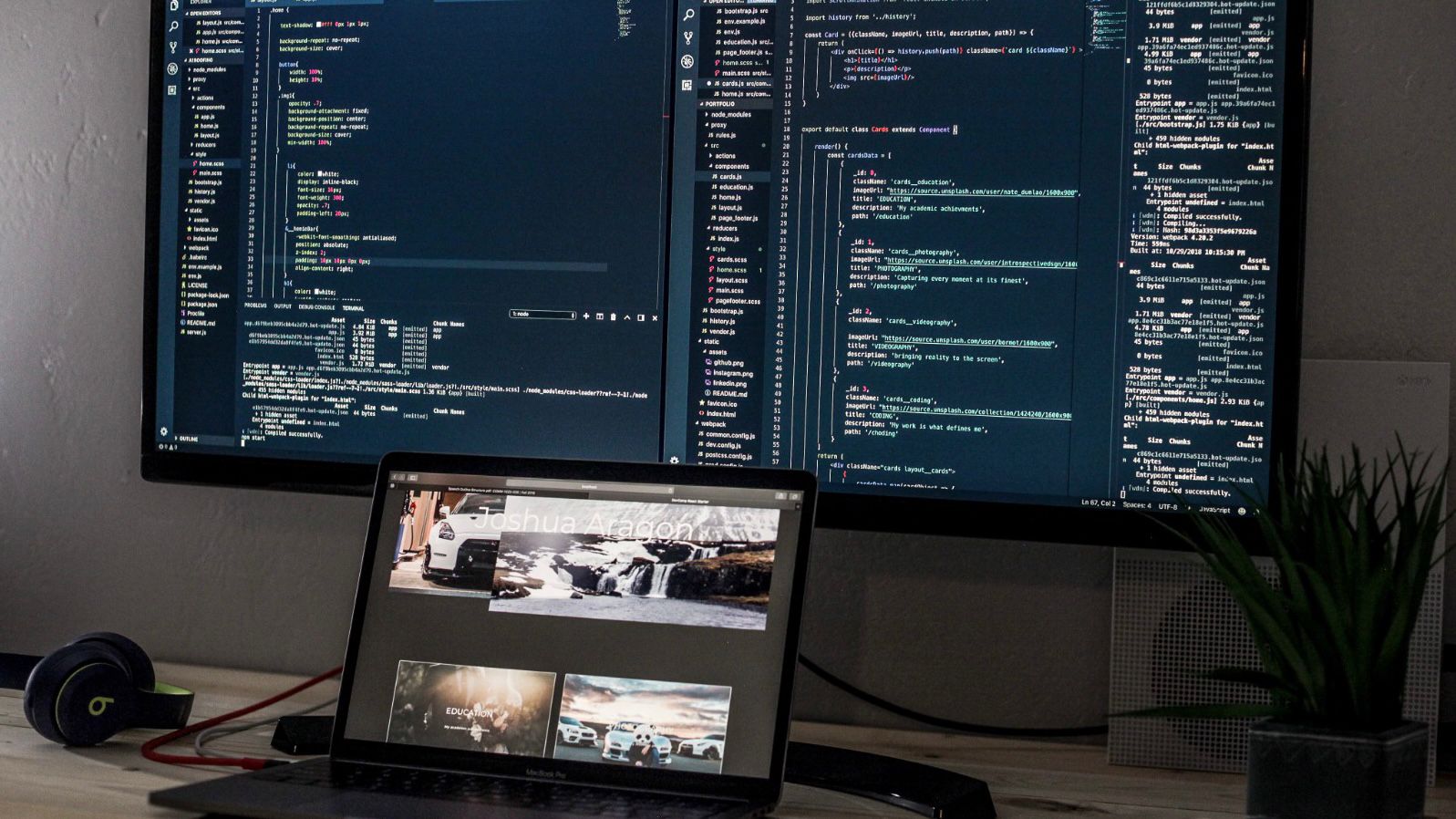
How to Choose the Perfect Monitor for Your Needs
When it comes to choosing a monitor, there are a lot of factors to consider. From size to resolution to connectivity options, the choices can seem overwhelming. However, with a little bit of research and a clear understanding of your needs, you can easily find the perfect monitor for your setup. In this article, we’ll cover 10 tips to help you choose the right monitor.
Consider Your Needs
Before you start looking at monitors, think about what you’ll be using it for. Are you a gamer or a graphic designer? Will you be using it for work or entertainment? Knowing your needs will help you narrow down your options and find a monitor that’s perfect for you.
Size Matters
Size is another important factor to consider when choosing a monitor. If you’re using it for work, a 24-inch monitor may be sufficient, but if you’re a gamer, you may want to go for a larger screen. Make sure to choose a size that’s comfortable for you to use for long periods of time.
Resolution
Resolution is the number of pixels that make up the image on your screen. The higher the resolution, the sharper and more detailed the image will be. If you’re using your monitor for graphic design or video editing, you may want to consider a monitor with a higher resolution.
Refresh Rate
The refresh rate is the number of times your monitor updates the image on the screen per second. If you’re a gamer, you’ll want a monitor with a higher refresh rate to ensure smooth gameplay.
Connectivity Options
Make sure to choose a monitor with connectivity options that work for your setup. Do you need HDMI, VGA, or DisplayPort? Make sure the monitor you choose has the connections you need.
Panel Type
There are three main types of panel technology: TN, IPS, and VA. Each type has its own strengths and weaknesses. TN panels are the most affordable but have the poorest color accuracy and viewing angles. IPS panels have excellent color accuracy and wider viewing angles, but are more expensive. VA panels offer high contrast ratios but can have slower response times.
Aspect Ratio
The aspect ratio is the ratio of the width to the height of the screen. A 16:9 aspect ratio is the most common and is suitable for most uses. However, if you’re using your monitor for work, a 16:10 aspect ratio may be better, as it offers more vertical space.
Adjustable Stand
An adjustable stand can make a big difference in your comfort level when using your monitor. Look for a monitor with a stand that can be adjusted for height, tilt, and swivel.
Brand Reputation
When buying a monitor, it’s important to consider the brand reputation. Make sure to choose a reputable brand with a good track record of producing high-quality monitors.
Budget
Last but not least, consider your budget. Monitors can range in price from under $100 to over $1,000. Determine your budget before you start shopping, and make sure to stick to it.
Choosing the right monitor may seem like a daunting task, but by considering your needs, size, resolution, refresh rate, connectivity options, panel type, aspect ratio, adjustable stand, brand reputation, and budget, you can find the perfect monitor for your setup. Remember to do your research and take your time before making a decision.
For more tips, check out the following article: How to Choose the Right Mobile Phone for Your Needs











